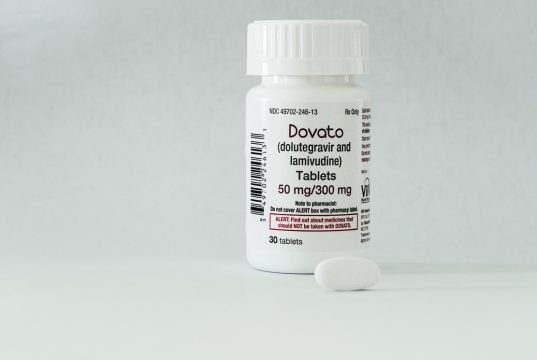Advertisment
World Health Matters: Denmark: Superbug 'overcoat' helps evade test

by Gary Finnegan: A superbug present in hospitals across Europe and the US can become resistant to treatment even without undergoing genetic changes, according to a new study from the University of Copenhagen. This could make the standard test of drug-resistant bacteria useless as it relies on detecting DNA mutations.
Microbial resistance is fast becoming one of the most pressing challenges facing modern medicine. Methicillin-resistant Staphylococcus aureus (MRSA) – arguably the best known superbug – appears to develop a thicker coat when exposed to colistin, a drug used to treat bacterial infections.
Traditionally, antibiotic resistance is associated with genetic mutations in the bacteria, but researchers can now reveal that this is not necessarily always the case.
“We have shown that bacteria do not need DNA changes to demonstrate resistance to known antibiotics. Even though the genetic fingerprints of bacteria indicate one thing, their behaviour can, under special circumstances, change fatally,” says Professor Hanne Ingmer, Department of Veterinary Disease Biology, University of Copenhagen.
The researchers have found that the MRSA bacteria – which in themselves are quite serious – build up an even tougher and hardy cell wall if subjected to colistin. While the bacteria remain genetically unchanged, colistin appears to make them develop an ‘overcoat’, say the scientists.
This enables the resistant properties to live hidden from doctors and their test tools that specifically target genetically determined changes. It can have fatal consequences if a patient treated with colistin contracts a staphylococcal infection.
“We can see that MRSA under the influence of colistin to an alarming degree behaves as the feared VISA bacteria [Vancomycin intermediate staphylococcus], which are very hard to combat. The standard test is useless, as the resistance does not appear genetically, which can be decisive for major treatment failure in the healthcare sector, says Hanne Ingmer.
She fears that there may be several drugs with the same effect, as results in the recently published study show that other antibiotics could also lead to this development of non-genetic resistance.
The findings help to explain cases of incurable infections where antibiotic treatment should have worked. “When you test for bacteria and cultivate samples in a Petri dish, the aggressive properties disappears. A demonstration of multi-resistant bacteria should therefore not just be based on bacterial genetics, but on bacterial properties in the body under attack. We need to find a way to test the bacteria while they – so to speak – are still fighting on the battlefield,” said Hanne Ingmer.
The new research findings were published in mBio which is published by the American Society for Microbiology.





